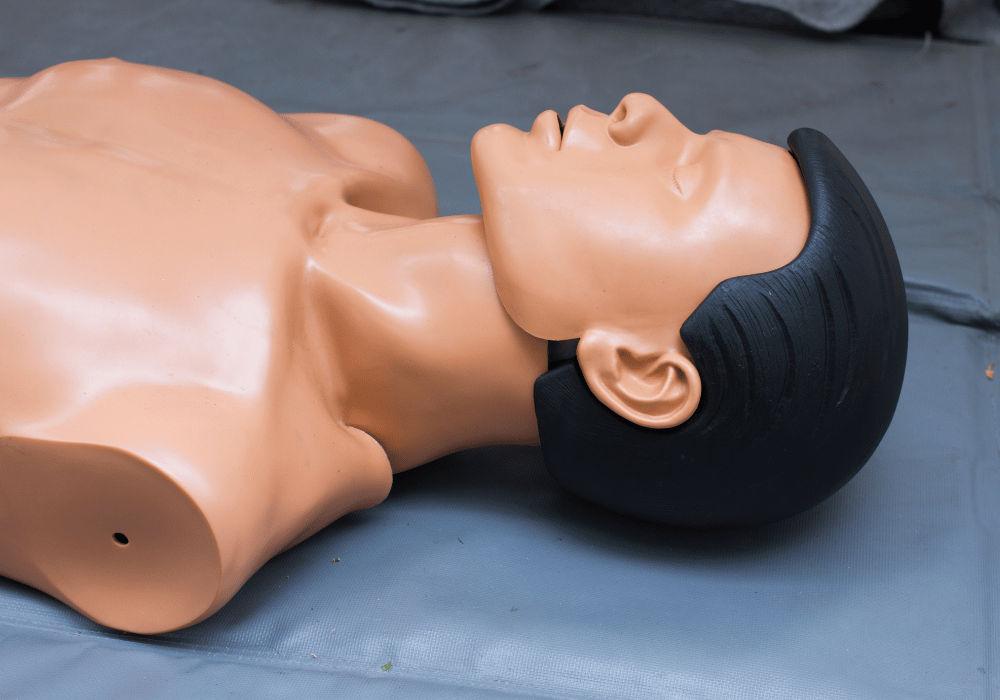Medical training is an essential requirement for all healthcare professionals to remain relevant and provide the best care to their patients. However, simulating real-life medical emergencies for trainees to practice can be challenging. Medical training with rescue manikins is an innovative and helpful learning tool used in medical training programs to simulate emergencies and train potential rescuers.
 What Are Rescue Manikins
What Are Rescue Manikins
Rescue manikins are realistic replicas that mimic the weight, size, and feel of a human body. They are versatile and can provide different simulations for various emergency situations, such as cardiac arrests, drowning, and other traumatic injuries. By using rescue manikins, medical trainees get to practice with a close imitation of the real thing, gaining the confidence and skills to handle real-life situations.
Medical Training With Rescue Manikins
Training with rescue manikins can happen in different scenarios, including classrooms, fields, and simulation centers. Most rescue manikins can float, and their joints can flex to simulate the actions of a real victim. Other manikins can make sounds and display signs of breathing difficulties to mimic medical emergencies, which helps trainees gain the skills to take charge of emergency responses.
Learn Appropriate Responses To Real-Life Emergencies
Rescue manikins provide a safe and controlled environment for medical trainees to experiment with life-saving treatments, without any disastrous consequences that such experimentation could bring in real-life situations. Trainees can experience the reaction of the manikin when specific interventions are carried out and learn the appropriate responses to real-life emergencies. This type of training is an effective way of improving skills in cardiopulmonary resuscitation (CPR) and other emergency procedures.
 Learn Valuable Feedback During Training
Learn Valuable Feedback During Training
One significant benefit of training with rescue manikins is that medical instructors can use the data produced by the manikins to teach trainees about their successful and unsuccessful actions during the practice sessions. This feedback provides information that is impossible to get in real-world situations and helps trainees understand how their actions can affect emergency cases. This data helps analyze the performance of the students and improve their skills and techniques.
Rescue manikins have revolutionized medical training, allowing trainees to gain the skills and confidence necessary to work in emergency medical situations safely. Anyone who wants to become a trained medical professional can benefit from using rescue manikins and understand the importance of medical training.

